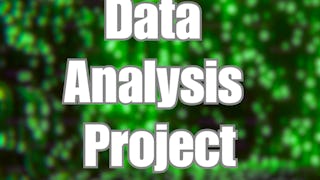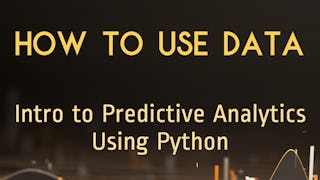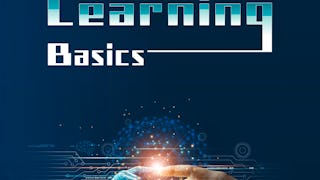This course is for everyday people looking for an intuitive, beginner-friendly introduction to the world of machine learning and data science.
Instead of memorizing complex math or writing code, we'll use simple, visual examples and Excel-based models to break down foundational machine learning concepts and help you build an intuition for exactly how they work. PART 1: QA & Data Profiling In Part 1 we’ll introduce the machine learning workflow and common techniques for cleaning and preparing raw data for analysis. We’ll explore univariate analysis with frequency tables, histograms, kernel densities, and profiling metrics, then dive into multivariate profiling tools like heat maps, violin & box plots, scatter plots, and correlation matrices. PART 2: Classification Modeling In Part 2 we’ll introduce the supervised learning landscape, review the classification workflow, and address key topics like dependent vs. independent variables, feature engineering, data splitting and overfitting. From there we'll review common classification models like K-Nearest Neighbors (KNN), Naïve Bayes, Decision Trees, Random Forests, Logistic Regression and Sentiment Analysis, and share tips for model scoring, selection, and optimization. PART 3: Regression & Forecasting In Part 3 we’ll introduce core building blocks like linear relationships and least squared error, and practice applying them to univariate, multivariate, and non-linear regression models. We'll review diagnostic metrics like R-squared, mean error, F-significance, and P-Values, then use time-series forecasting techniques to identify seasonality, predict nonlinear trends, and measure the impact of key business decisions using intervention analysis. PART 4: Unsupervised Learning In Part 4 we’ll explore the differences between supervised and unsupervised machine learning and introduce several common unsupervised techniques, including cluster analysis, association mining, outlier detection and dimensionality reduction. We'll break down each model in simple terms, from K-means and apriori to outlier detection, principal component analysis, and more. Throughout the course, we’ll introduce real-world scenarios and to solidify key concepts and simulate actual data science use cases. You’ll visualize Olympic athlete demographics and traffic accident rates, use regression to estimate property prices and predict product sales, apply clustering models to identify customer segments, and even measure the business impact of a new website design. If you're an analyst or aspiring data professional looking to build the foundation for a successful career in machine learning or data science, this is the course for you!




















